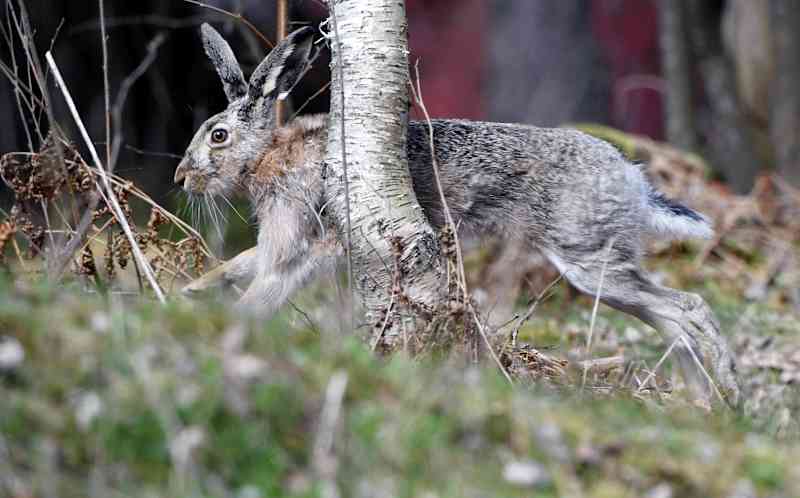Dandelions bloom at the “wrong time of year” – early signs of spring this year

According to the Nature Conservancy, some species are lost and some are gained as the springtime comes early.
Early spring has brought the signs of spring to life early. Widow’s blossom started to bloom for the first time in early March and in the south they are starting to bloom in some places.
Swallows have been seen quite a bit further north.

The fox beats the hare
According to Mr Aalto, an early spring is not good for all species, as for example the wood hare has declined as the winter has become shorter. The hare does not have time to change its winter coat colour quickly enough before spring, making it vulnerable to predators with its white fur after the snow melts.
According to Aalto, the winner in the fight is a brownie with gray winter coat.
In the midst of early spring, it can also become a back winter, which can be fatal for insect -eating birds and, for example, wasps.

Sightings of brushfowl
The first insect eaters, such as spinners, have arrived in Finland quite early. This is due to recent heat reading in Latvia and Lithuania.
Early have also arrived with handshakes, rainbows and alder birds.
A large amount of geese also flew to Finland at a very early stage.

Spring migration takes six months
According to Hintikka, the first in Finland will be the species that wintering near Finland. In January, a sea geese arrived, which has probably wintered in southern Sweden or Denmark.
Short-distance migrants overwinter in Western and Southern Europe have already arrived. Long -distance migrants, including birds overwinter in Africa, are beginning to arrive in late April.
According to Hintikka, global warming has made the spring migration of birds.
As a result of global warming, Tikli and Nutcracker, which are both spreading north, have increased. On the other hand, climate change has been caused, for example, by Riekko, Blue Breast and Järripippo, whose southern limit of the widening is hippy towards the north, says Hintikka.
